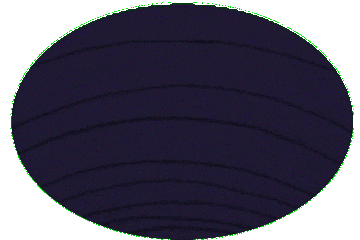Leicester Square
Leicester Square ( LEST-ər) is a pedestrianised square in the West End of London, England, and is the centre of London's entertainment district. It was laid out in 1670 as Leicester Fields, which was named after the recently built Leicester House, itself named after Robert Sidney, 2nd Earl of Leicester. The square was originally a gentrified residential area, with tenants including Frederick, Prince of Wales and the artists William Hogarth and Joshua Reynolds. It became more down-market in the late 18th century as Leicester House was demolished and retail developments took place, becoming a centre for entertainment. Major theatres were built in the 19th century, which were converted to cinemas towards the middle of the next. Leicester Square is the location of nationally significant cinemas such as the Odeon Luxe Leicester Square and Empire, Leicester Square, which are often used for film premieres in London. The nearby Prince Charles Cinema is known for its screenings of cult films and marathon film runs. The square remains a tourist attraction which hosts events, including for the Chinese New Year. The square has always had a park in its centre, which was originally common land. The park's fortunes have varied over the centuries, reaching near dilapidation in the mid-19th century after changing ownership several times. It was restored under the direction of Albert Grant, which included the construction of four new statues and a fountain of William Shakespeare. The square was extensively refurbished and remodelled for the 2012 Summer Olympics at a cost of more than £15 million.
This article uses material from the Wikipedia article "Leicester Square", which is released under the Creative Commons Attribution-Share-Alike License 3.0.
References
| Title | Summary | |
|---|---|---|
| Colin Richardson's 1978 Interview with Harry Nilsson | ... pounds on us, and we went to Leicester Square . We saw ... | |











